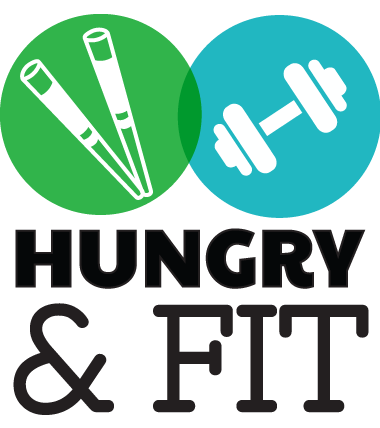This post is brought to you by Catherine Lavinia.
Surely, for most of us milk is associated with childhood. Our mother or beloved grandmother was adamant that drinking milk is the pledge of child’s health and happiness. Milk contains a series of crucial nutrients: protein, calcium, Vitamin D, B-6 and B-12, magnesium, potassium and others. Besides these elements, sugar named ‘lactose’ is present in milk and other dairy products. Normally, our body produces the enzyme ‘lactase’ to digest this sugar. When there is a deficiency of lactase, however, lactose becomes very difficult to digest which leads to intolerance. And since lactose is present in dairy products, a lactose intolerance means a dairy free diet. Otherwise, uncomfortable side effects will make their presence felt at once, which can range from bloating, diarrhea and abdominal pain.
So, people with lactose intolerance have two vital tasks:
1) TO avoid dairy products and
2) TO optimize their diet to compensate lack of vitamins and minerals.
The lists of food items you should avoid are easily available. Butter, ice-cream, cheese, chocolate, cream are all obvious but lactose can also appear in deli meat and canned foods. As a rule, such list of prohibited foods is so long that will definitely spread gloom and make impression that your usual way of life is over. There are even hidden But don’t worry! Thanks to researches and food industry, there are a lot of options to stay healthy without dairy products.
Special lactose free milk is the number one option. You can use it the same way as regular cow’s milk, drink it, cook with it and provide your body with required amount of protein, calcium and other important nutrients. The trick is that lactose free milk already includes the lactase enzyme. So your body gets milk and at the same time the component helping to absorb necessary vitamins and minerals.
Another option to avoid dairy products is to look towards non-dairy milks. Soy milk, rice milk, coconut milk, almond milk, hemp, cashew and oat milk are ready to please your personal taste. Each of them has different nutrient content, texture, taste and color. For example, soya milk is the leader of protein content. It can be fortified with calcium as well. Hemp milk is high in omega-3 fatty acids.
Moreover, you can find or make worthy substitutes for dairy products. Soya-based sour cream and cheese, ice-cream made of rice, soy, coconut and nut yogurt, soya-based butter spreads are all at your disposal.
There are some hidden kinds of lactose in products that you wouldn’t expect – here are some hidden forms of lactose.
A question that always follows a dairy free person is calcium content. It would be reasonable to incorporate foods naturally rich in calcium in your diet. These are broccoli, kale, nuts, spinach, beans, and canned fish with edible bones.
Lactose tolerance doesn’t mean you have to swear off gastronomic delights. It just requires a bit of consciousness, willpower and invention.









